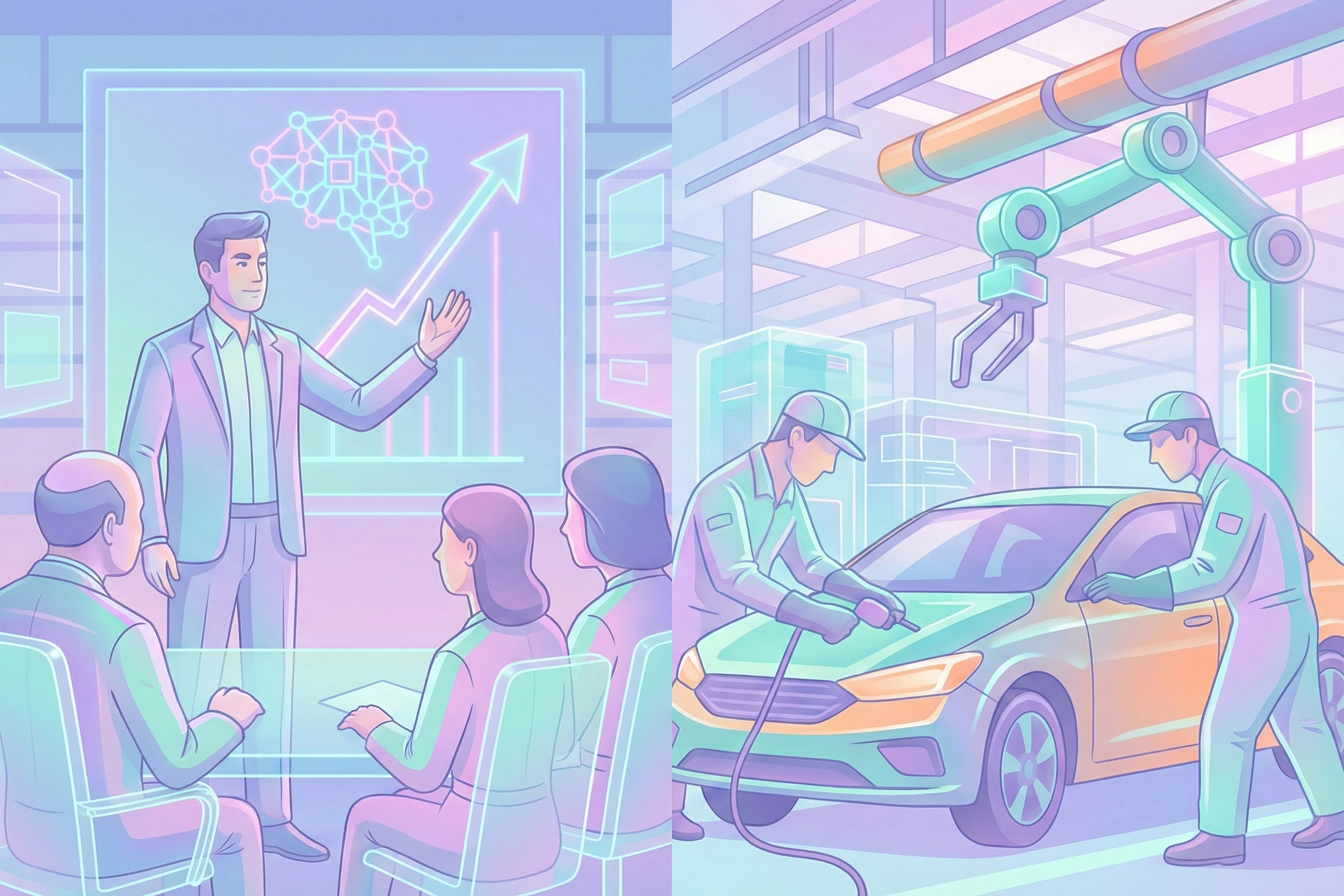
With the exception of a small group of (professional) gamers, most of us play video games for fun. However, since the blockchain and NFT revolution, “play-to-earn” (P2E) games have been on the rise. Especially in developing countries, many gamers now seek to earn their living by playing these games. At the peak of Axie Infinity’s (the most popular P2E game) market rate, a Filipino citizen could make more money playing the game than by working a regular minimum wage job. An improvement over sweatshop labor, one could say.
But in the past months, P2E games have been under a lot of pressure. Their crypto coins have crashed and Sky Mavis’ Ronin Blockchain was hacked. Apart from these recent events, the long-term sustainability of the P2E games has also been questioned. Die-hard gamers argue that the focus on virtual economies comes at the expense of gameplay and graphics. Economists such as Yanis Varoufakis have criticized the “Ponzi scheme” and unsustainable economics of most P2E games. In the early phase of P2E games, the economy “flourishes” because new players create sufficient demand for the coin. But at a certain tipping point, these players want to redeem their earnings and the price starts dropping. Especially in low-income countries, players don’t “inhabit” a virtual economy but simply want to earn an income. However, they often lack sufficient funds to pay for the initial investment. That’s why they tend to “partner up” with NFT owners for investment and thus have to split the profits. This combination of dropping prices and being in debt creates a new breeding ground for techno-feudalism. Moreover, it may seem philanthropic of the game industry to offer citizens in developing countries an attractive way to earn an income and escape minimum wage sweatshop labor, yet in the long-term, extracting labor from local economies is likely to worsen the situation. Without a healthy relationship between digital economies and local “real” economies, all the “philanthropic” initiatives of P2E games will inevitably be misanthropic in effect. Instead of creating a flourishing economy, the current business model and NFT hype is turbocharging the ideology of commodification and creating a new exploited labor force.



